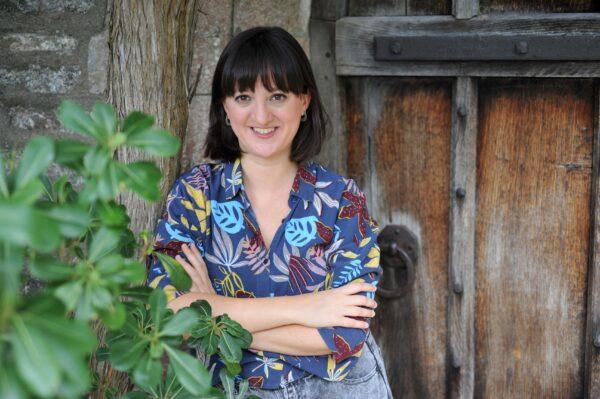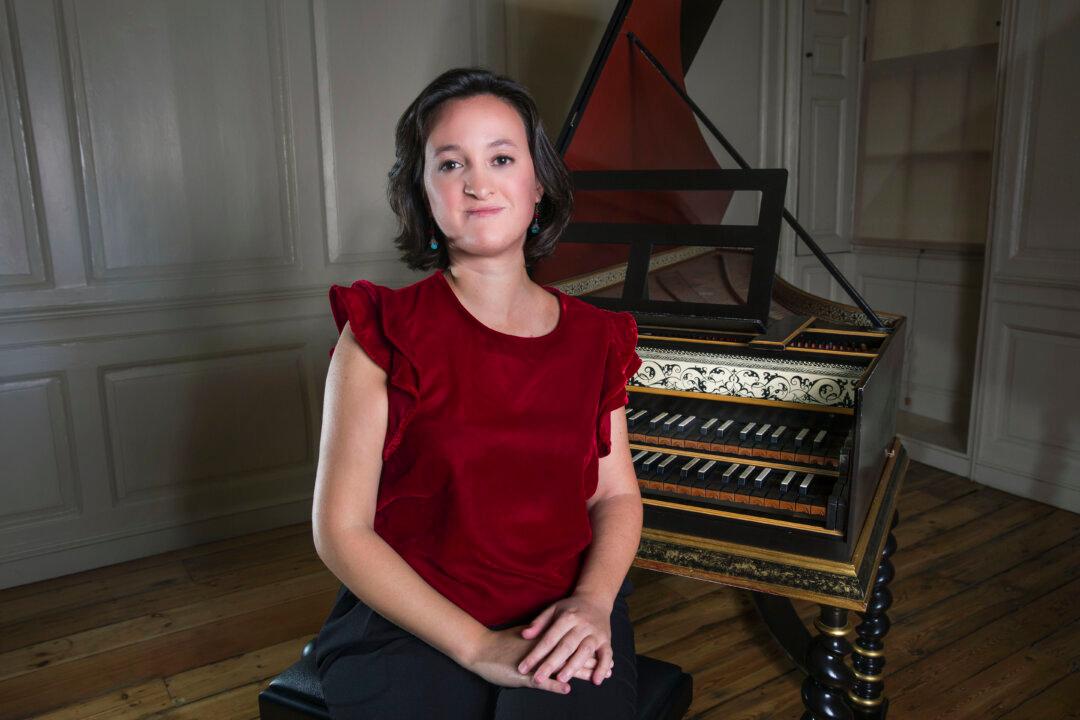Harpsichordist and organist Marta López Fernández specializes in early keyboard instruments and is currently the harpsichord and continuo fellow at the Royal College of Music in London. She recently took time out before a performance at Handel House in London to talk with us by phone.

Marta López Fernández mainly performs Handel's "Messiah" from a historically informed practice perspective, reviving the way it would’ve been played in the 18th century. Courtesy of Marta López Fernández






